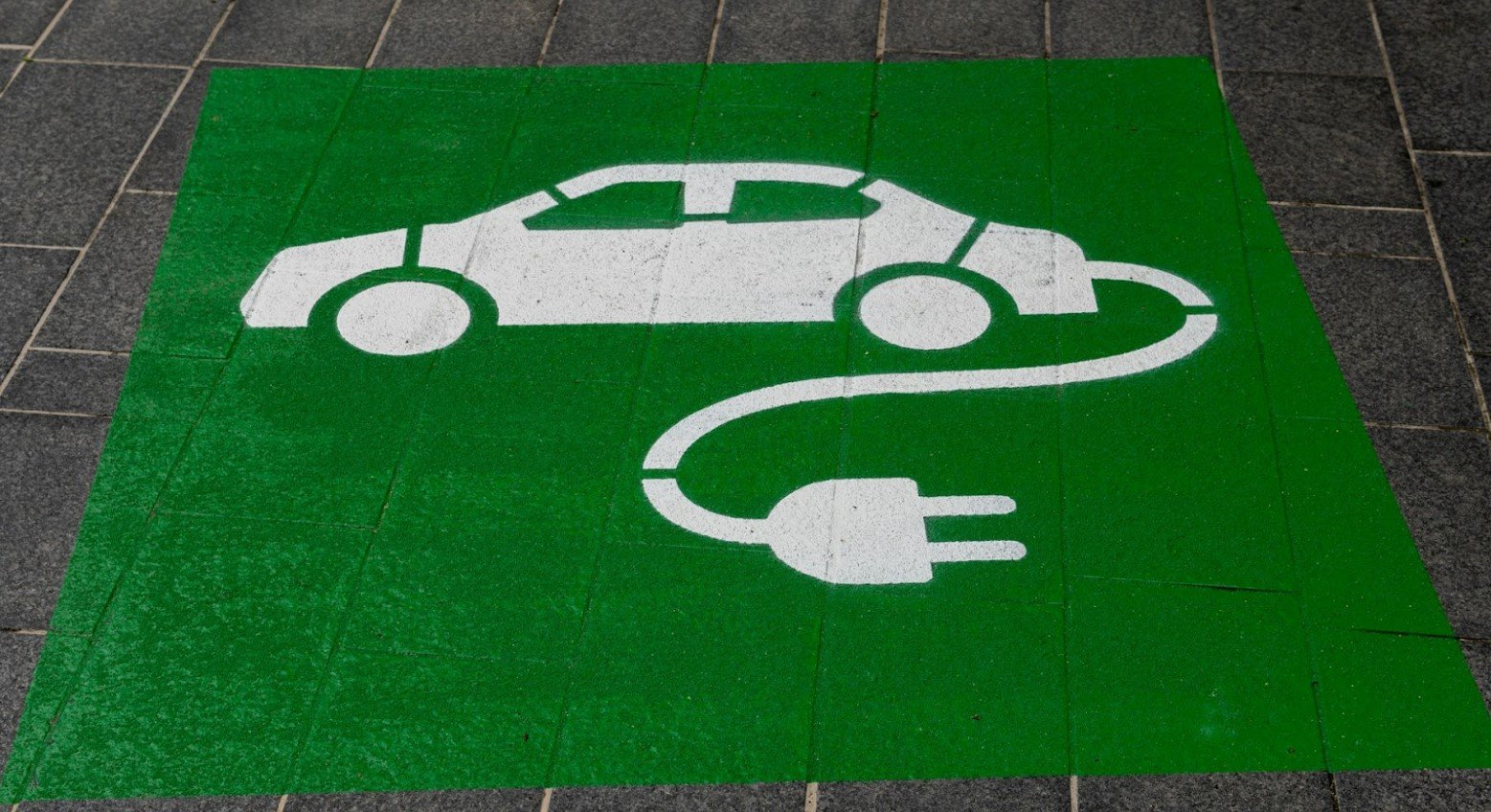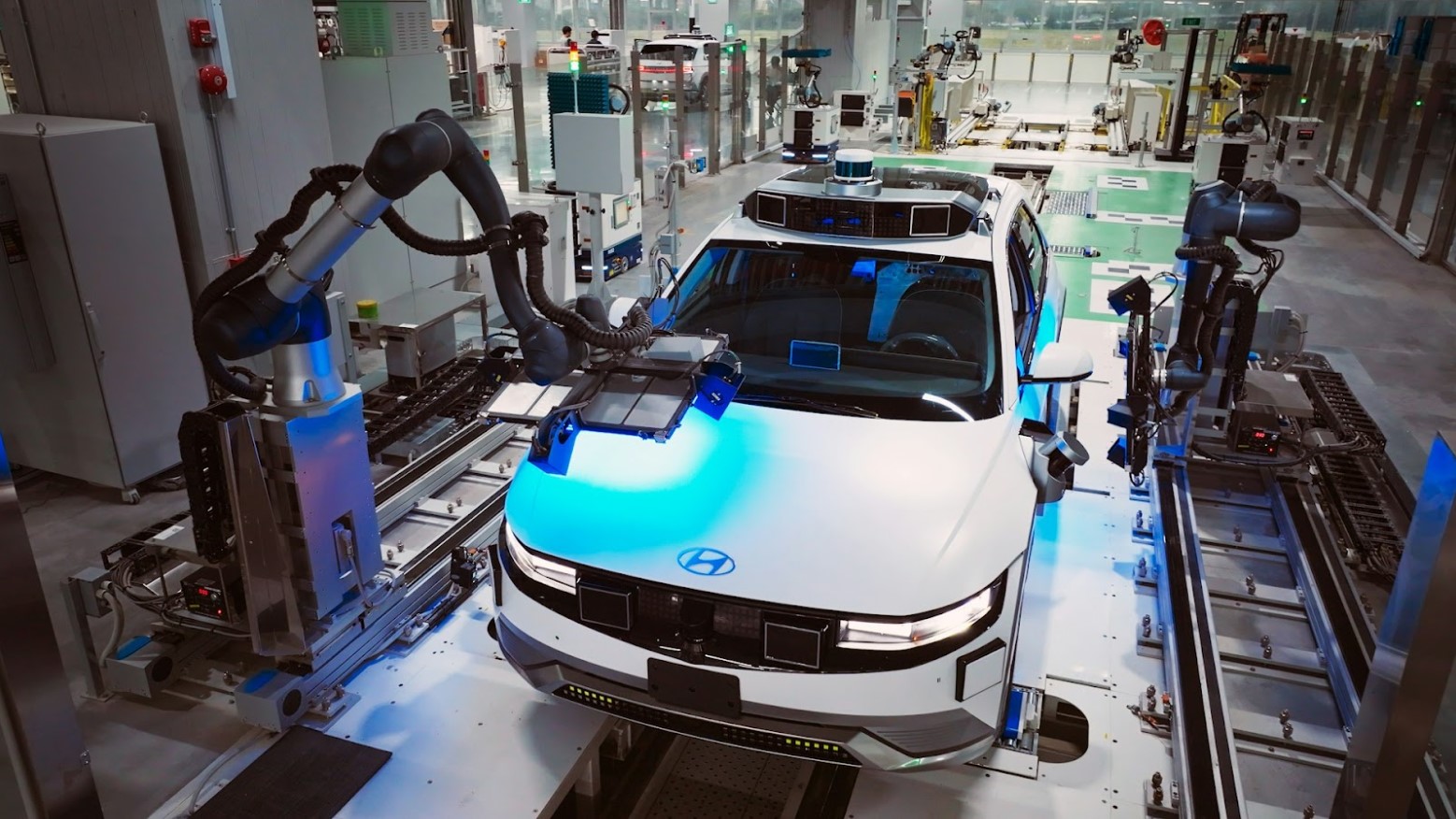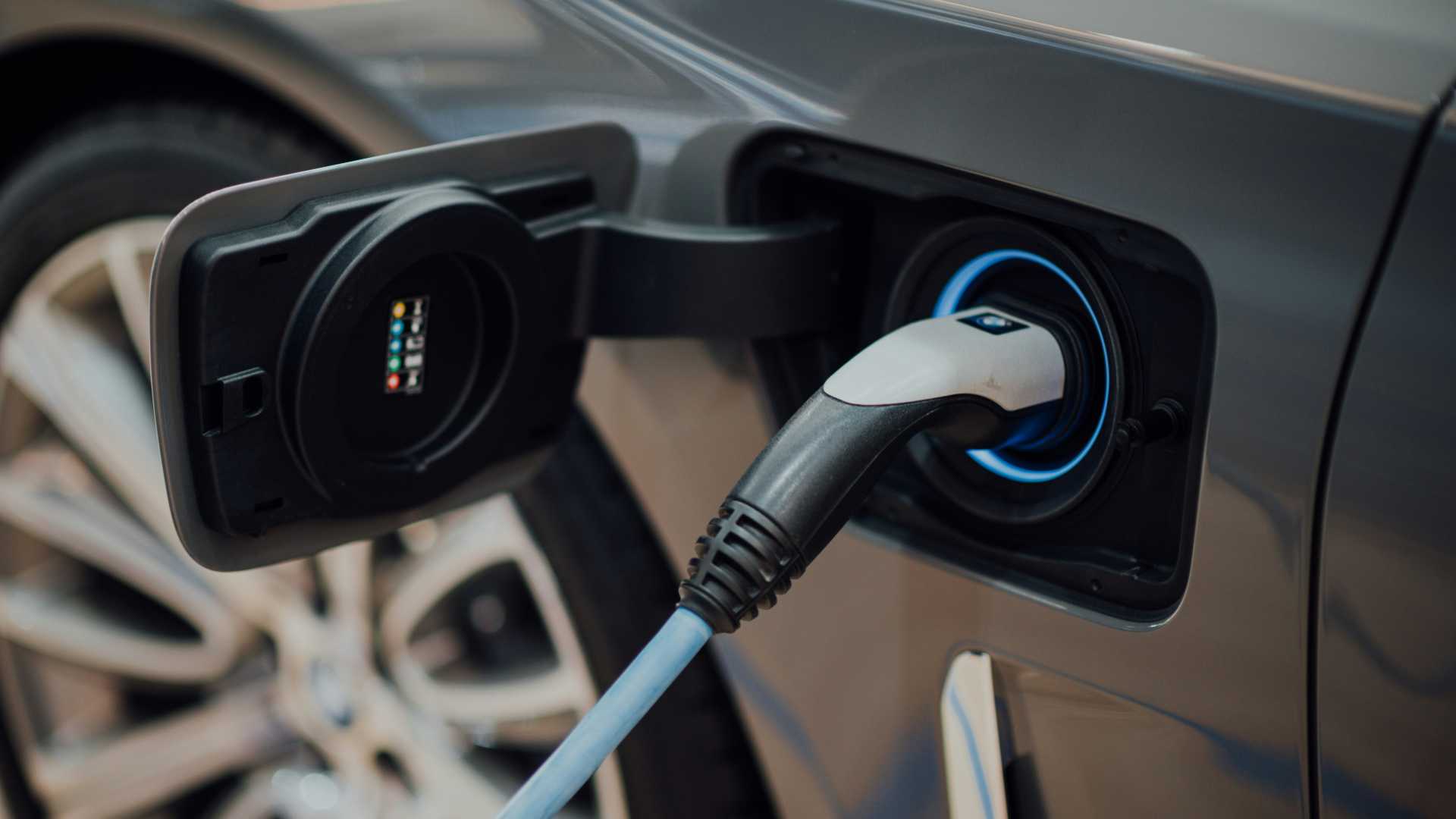We’ve long known that to combat the damaging effects of climate change, we will need to make some changes as a society. Addressing our motoring habits is a big part of this.
Adopting electric vehicles (EVs) has long been considered one of the best and easiest changes we can make to lessen our environmental impact. But new information suggests they might not be quite as environmentally friendly as we assumed.
The Environmental Benefits of EVs

The narrative around EVs is that widespread adoption of the vehicles will help to save the planet from the negative impact of climate change. To this end, some states are even planning to outlaw gas-powered cars in the future.
EVs run on electric batteries as opposed to gasoline, meaning they have zero tailpipe emissions. If all motorists around the world switched to EVs, we would significantly reduce fossil fuel usage and carbon emissions.
Significantly Reducing CO2 Emissions

Per the U.S. Environmental Protection Agency, 31% of all carbon dioxide (CO2) in the U.S. comes from gas or diesel-powered vehicles.
So just from this data, in theory, a wholesale switch to EVs, which would totally eliminate these polluting vehicles from the roads, would reduce the nation’s CO2 emissions by 31% straight away.
EV Batteries May Not Be as Sustainable as We Thought

That statistic alone explains the support from environmentalists for EVs. Anyone who is in any way environmentally conscious has to look at numbers like that and consider an immediate switch to EVs.
However, data like this fails to take into account the infrastructure and material needs for EV construction. In particular, there is a worrying environmental impact from manufacturing EV batteries.
The Need for Copper

EV batteries require an almost unbelievable amount of copper wiring. For reference, take the Honda Accord, in which a normal Honda Accord requires about 40 pounds of copper. The corresponding battery electric Accord needs nearly 200 pounds of copper.
We again have a fairly simple math problem here. If we were to make the transition from gas to electric vehicles that would reduce CO2 emissions by 31%, we would need almost five times the copper we do now for vehicle manufacturing.
Charging Stations

That only takes into account the copper required for EVs themselves. To support widespread EV adoption, a huge number of charging stations would need to be built around the world. These stations also require a significant amount of copper wiring to function.
To meet our needs, copper mining would need to start churning out quantities like we’ve never seen before. According to one study, should EV sales and charging station construction continue to grow as they have been, global copper demand could increase by between 3-5 million tons within the next decade alone.
Need More Copper Than Ever Before

One study put the potential copper needs of EV adoption into harsh perspective: to support the electric revolution, we would need to mine 115% more copper than has previously been mined in human history.
The same study notes that to make meeting this insane demand a reality, at least six new copper mines would need to be fully operational within the next decade. Unfortunately, opening a copper mine can take as long as 20 years.
Copper Mining Cannot Keep Pace

Copper simply cannot be mined quickly enough to keep pace with the needs of sustainable energy. One of the study’s co-authors, Professor Adam Simon of the University of Michigan, explains: “The amount of copper needed is essentially impossible for mining companies to produce.”
University of Michigan researchers conducted a study on the current and projected levels of U.S. copper use. Their findings echo those of Professor Simon: “Copper cannot be mined quickly enough to keep up with current U.S. policy guidelines to transition the country’s electricity and vehicle infrastructure to renewable energy.”
Copper Mining and the Environment

Even if we were to somehow find a way to expand mining operations to meet the exorbitant needs of the sustainable energy market, it would not be without problems. Copper mining is extremely dangerous.
Mining copper is far from an environmentally safe undertaking in and of itself, with a lot of negative environmental and ecological impacts.
The Environmental Damage of Copper Mining

Copper mining presents three main environmental hazards: deforestation, land degradation and water pollution.
The design of open-pit copper mines causes topsoil erosion and widespread degradation, which drastically decreases soil nutrients. Clearing the areas of forest necessary for new mines has well-documented environmental repercussions, and the waste from copper mines can contaminate groundwater, aquifers and irrigation systems.
Other Risks of Copper Mining

Beyond the plethora of environmental dangers copper mining presents, it also poses a risk to human health.
Copper mines release toxic and even radioactive chemicals. Once in the air, these chemicals can harm the skin, eyes and, perhaps most damaging, the lungs. Exposure can make breathing difficult, and an excess amount of copper pollutant in the air can even be fatal.
EVs Are Not a Cut and Dry Environmental Savior

There’s no doubt that EVs have a tremendously beneficial impact in cutting CO2 emissions by reducing tailpipe emissions. But the conversation around their overall environmental benefit is clearly more nuanced than many might think.
The copper issue is just one aspect of this, but it’s a significant one. To fully realize their positive environmental and sustainability potential, the manufacturing process of EVs needs to evolve to require far less copper.
EV Pollution

While EVs are often referred to as “pollution-free” or “zero emissions vehicles” because they do not directly emit carbon pollution from their tailpipes, the truth is they still directly contribute to pollution in other ways.
A study in 2020 found that EVs produce 1,850 times more particle pollution compared to tailpipes from gas-powered vehicles.
Pollution Study

The study, conducted by Emissions Analytics, compared tire particle wear emissions between EVs and other vehicles and found EVs ranked over 1,000 times worse.
The reason for this increased pollution is the added weight of EVs compared to similar vehicles because of the heavy batteries they require to run which increases tire wear.
Danger of Tire Pollution

While some may think that tire pollution is not as bad for the environment as other forms of pollution new research is revealing its hidden danger.
The effects of tire pollution are still being researched, however, recent findings have discovered that they contain previously unrecognized chemicals that are harmful to marine life and the environment.
Toxic Tires
No matter what kind of vehicle you drive and no matter how environmentally conscious a vehicle design may be, you will always be relying on tire technology.
Tire byproducts and pollution introduce synthetic materials, toxic chemicals, and microplastics into the environment. While decades of research have been done on the consequences of greenhouse gases, much less study has been done on the effects of these types of pollution.
Microplastics in the Ocean

A Pew Charitable Trust report from last year found that a majority of microplastics in the Earth’s oceans are made up of dust from synthetic tire pollution.
The report found that 78 percent of the ocean’s microplastics contain dust fragments from synthetic tire rubber.
Danger of Microplastics

Despite their small size, microplastics represent a modern danger to environmental and human health as society continually relies on them.
These tiny fragments are less than 5 millimeters in size, do not naturally degrade easily, and can stay in their environment for hundreds and even thousands of years.
Getting Everywhere

Microplastics continue to spread through the Earth at a rapid pace, getting in places you might not expect.
Researchers have recently detected microplastic particles in clouds, human blood, and breast milk. A study conducted this year on human testicles found that microplastics were present in every participant in the study.
Health Risks

A study published in the New England Journal of Medicine this year found a link between microplastics and a risk of heart attack, stroke, and death.
As these tiny particles start to accumulate in blood vessels, they can increase your risk of health problems as your exposure increases.
Chemicals in the Air

In addition to polluting the environment with microplastics, tire pollution also releases chemicals into the air.
Because of the way EVs are designed, they can contribute much more to this problem than other vehicles.
Top Worry

One chemical researchers have become increasingly worried about as new data becomes available is what is known as 6PPD.
As tires impact the pavement, 6PPD gets released and is notably dangerous for its ability to chemically react with the ozone layer.
Killing Fish

In 2020, 6PPD was linked to the mass deaths of fish in Washington State, where researchers emphasized how little we still know about the effects of these chemicals we take for granted.
“Most people think that we know what chemicals are toxic and all we have to do is control the amount of those chemicals to make sure water quality is fine. But, in fact, animals are exposed to this giant chemical soup and we don’t know what many of the chemicals in it even are,” said Edward Kolodziej, an associate professor at the University of Washington.
EVS Effect on the Climate

Many people think EVs are “good” for climate change but the truth is that they are just “less bad” in some cases compared to alternatives.
Initially, EVs actually contribute more to global warming because of the carbon pollution released from their production. An analysis by USA Today found that it takes 6-20 months of driving a gas vehicle to match the emissions output of producing one EV battery.
